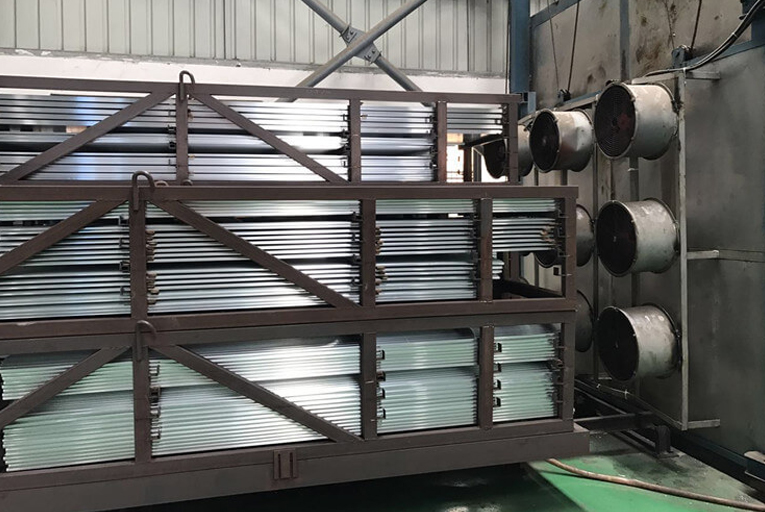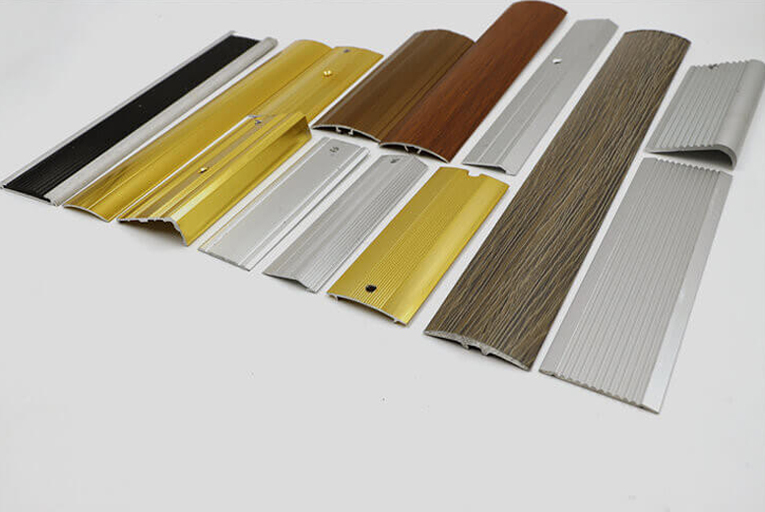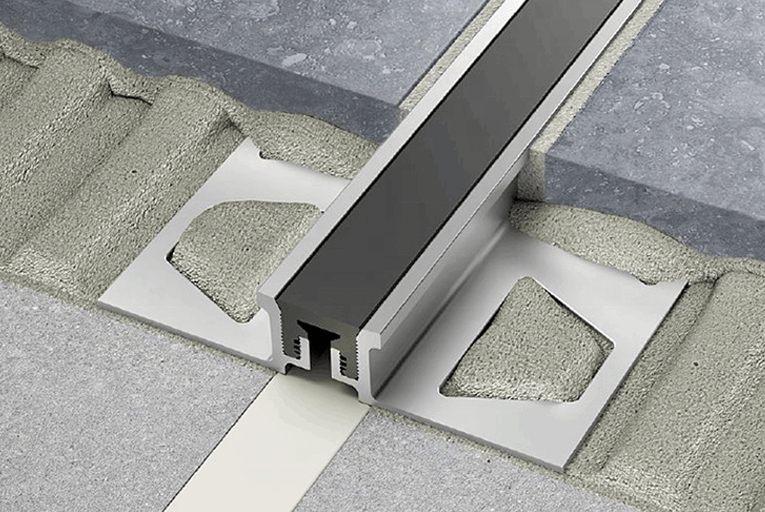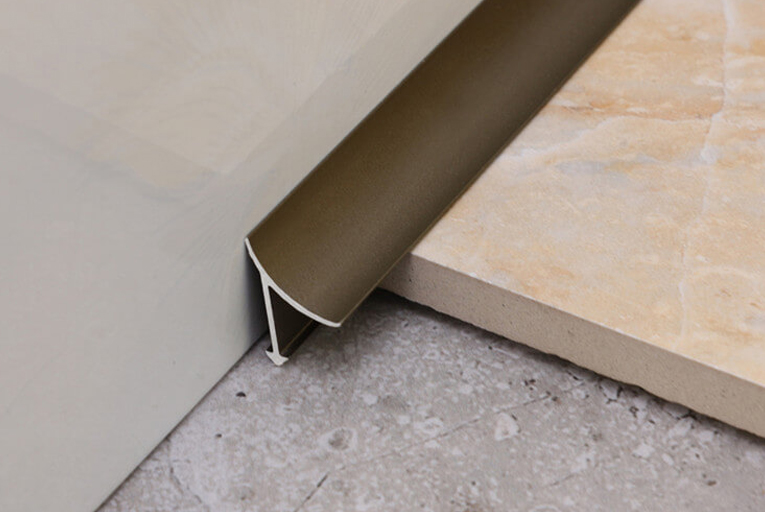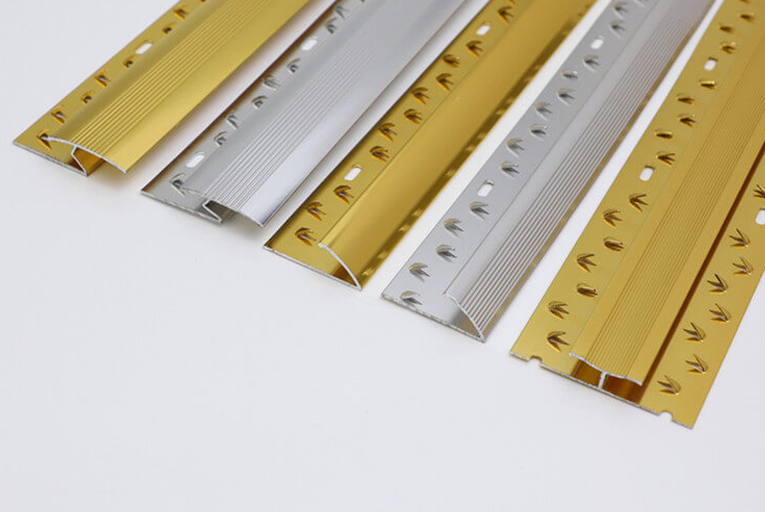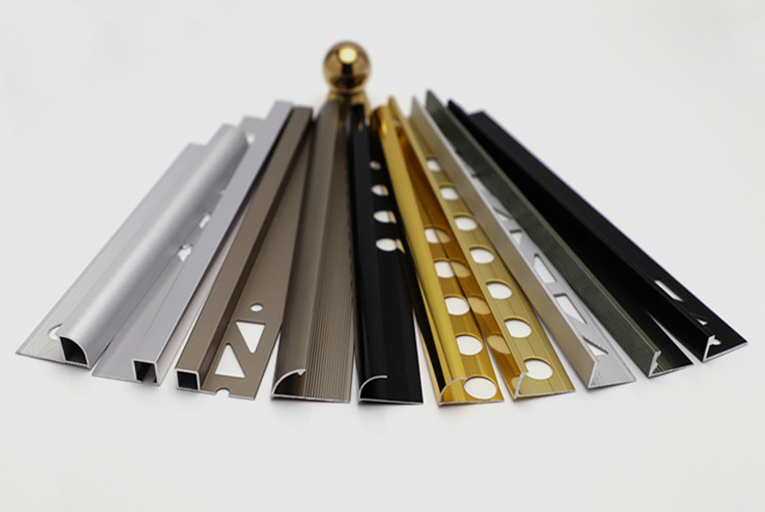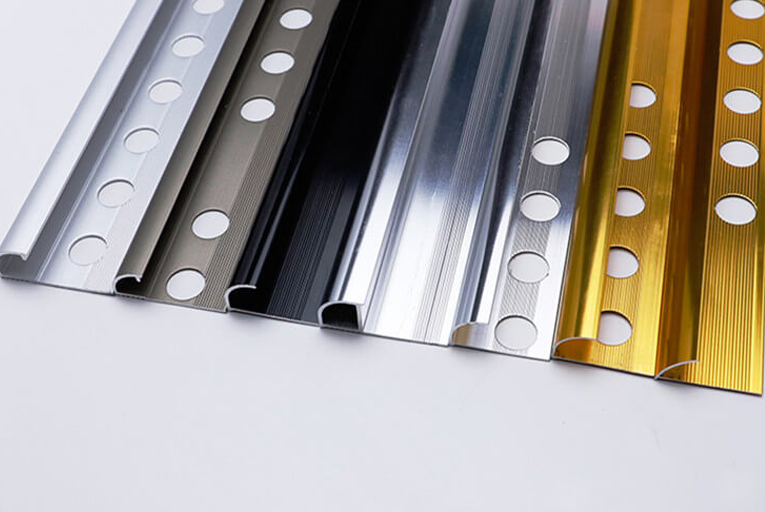Precision Engineering- The Artistry Behind Tile Transition Strip Manufacturing
In the realm of home renovation, precision engineering plays a crucial role in crafting seamless and aesthetically pleasing transitions between tile surfaces. One such masterpiece is the tile transition strip, a seemingly simple yet intricate element that demands meticulous attention to detail. This article delves into the artistry behind the manufacturing of tile transition strips, showcasing the craftsmanship and precision that goes into creating these indispensable accents.
Material Selection and Customization
The choice of material for tile transition strips is paramount. Common options include brass, stainless steel, and aluminum, each possessing unique characteristics and applications. Brass offers warmth and elegance, while stainless steel exudes durability and versatility. Aluminum, on the other hand, provides lightweight strength and corrosion resistance. With a diverse range of finishes, including brushed, polished, and textured, transition strips can be customized to complement any decor.
Extrusion Process: Precision in Perfection
The extrusion process is the heart of tile transition strip manufacturing. Molten metal is forced through a die, shaping it into the desired profile. Advanced machinery ensures precise dimensions and consistent tolerances. The temperature, pressure, and speed of extrusion are meticulously controlled to achieve the optimum combination of strength and flexibility. Each strip undergoes rigorous quality inspection to guarantee perfect alignment and smooth edges.
Surface Treatment: Enhancing Aesthetics and Functionality
Surface treatment plays a significant role in enhancing the appearance and durability of tile transition strips. After extrusion, the strips undergo a series of processes to refine their surface characteristics. Anodizing creates a protective oxide layer that resists corrosion and fading. Sandblasting imparts a matte or textured finish, adding visual interest and reducing slipperiness. Brushing creates a subtle sheen while maintaining a uniform surface.
Fabrication: Precision Cutting and Shaping
Fabrication involves cutting and shaping the tile transition strips to precise lengths and angles. State-of-the-art cutting machines ensure perfectly straight cuts, eliminating any unevenness or gaps. Mitering is used to create angled transitions, requiring precise calculation and skilled craftsmanship. Through meticulous execution, the strips seamlessly integrate with the surrounding tiles, creating a flawless finish.
Assembly and Installation: The Final Touch
The final step is assembly and installation. The tile transition strips are meticulously aligned and secured using appropriate adhesives or mechanical fasteners. The installation process requires attention to detail to ensure proper leveling and a secure fit. When executed with precision, the strips enhance the overall aesthetic appeal of the tiled surface while providing a smooth and safe transition between different materials or heights.
-
The Different Uses of Tile Outside Corner Edging Trim and Inside Corner Edging Trim
2022-02-09 -
The Most Popular 5 Different Materials of Tile Trim Line
2022-02-09 -
What is Carpet Cover Trim?
2022-02-09 -
The 6 Hottest Tile Trim Solutions for 2021
2022-02-09 -
How to Install Tile Trims Line?
2022-02-09 -
Difference Between Sandblasting and Anodizing Surface Treatment of Aluminum Tile Trim
2022-02-09
